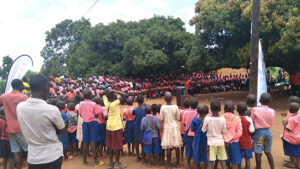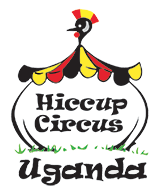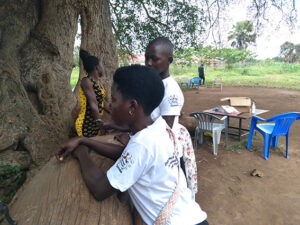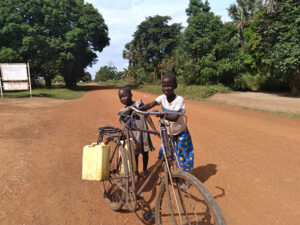From September 26 to October first 2025, a six-day outreach program organized through a partnership between HCU and CUAMM, and sponsored by The Phoenix Trust, took place in the Oyam District, specifically around the Aber area. This initiative enabled thousands of people to access essential health services directly within their communities—all while having fun! These days provided invaluable opportunities for prevention, awareness, HIV testing, and counseling.

The activities carried out are part of the project “Creating HIV Awareness Among Young People Through Circus Shows in Oyam District and Combating the Spread of HIV at the Community Level,” funded by the Mercury Phoenix Foundation. Through this project, we are committed to reducing HIV transmission by offering tailored and targeted approaches to protect children, adolescents, young people, and adults, including young pregnant women, while also ensuring adherence to antiretroviral treatment.
False beliefs, stigma, and taboos can severely impact people’s health and well-being. However, through entertainment, information, and education, we can raise awareness of health issues and address sensitive topics such as sexually transmitted infections. In recent weeks, CUAMM, in collaboration with HICCUP, has brought circus performances to three counties in the Oyam District of Uganda. Through acrobatics, fire-breathing performances, and theatrical shows, the initiative has gathered large audiences, providing information and access to diagnostic testing.
HIV remains a significant public health challenge in Uganda. According to the Uganda Population-Based HIV Impact Assessment, 1.4 million people in the country are living with HIV, including 170,000 young people.
Overall, the circus performances reached an estimated 5,745 individuals (2,937 males and 2,890 females) through schools, markets, and community gatherings. Adolescents and young people were empowered through awareness-raising activities and encouraged to seek safer HIV prevention services.
Key Achievements:
5,745 people reached through the information campaign
653 young people tested for HIV
310 individuals tested for other sexually transmitted infections



